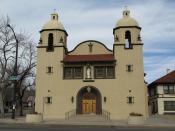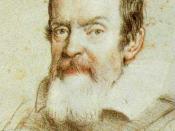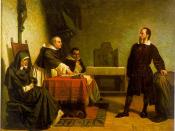The Scientific Revolution, which occurred during the time of 1449 to 1704, was an intellectual movement concerning the theories about humanity's place in the universe and methods for determining them as well. It appealed primarily to the middle and upper classes in the urban areas of Renaissance cities. The Revolution occurred in the areas of science such as astronomy, mathematics, and physics; and it also led to changes in medieval universities, and maritime exploration.
This revolutionary change in the way of thinking led to the application of knowledge to practical uses and propelled the Western world from the Dark Ages to the modern age. The significance of the period, which later came to be known as the period of Scientific Revolution, lies in the fact that the scientific developments of the time affected all aspects of the peoples' lives and led to the continuing dominance of the Western world over the rest of the world to this day.
During the Scientific Revolution, scientists developed ways to make more precise, and more reliable observations. The new scientists challenged the assumptions of past scientists. Janssen invented the first microscope. Anton van Leuwenhoek used a microscope to observe bacterium and red blood cells. Galileo made the first thermometer using alcohol for measuring temperatures. Later, a German physicist named Gabriel Fahrenheit developed the first thermometer using mercury. In 1655, Evangelista Torricelli developed the barometer. The barometer measured atmospheric pressure. The barometer proved that the weather could be predicted, and therefore God did not control the weather. This new information disturbed the Catholic Church. Again, they were caught preaching the wrong information. Galileo proved Aristotle wrong when he rolled balls down a slope, measuring the speed at which they moved. This data led him to the conclusion that a falling object accelerates at...


